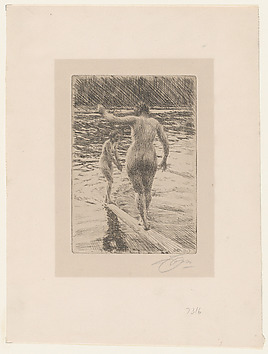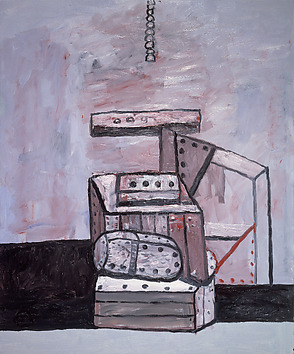Only two major exhibitions from the fabled Chinese Palace Museum collections have been seen in the West—the first in London in 1935–36 and the second in the United States in 1961–62. These two exhibitions provided an extraordinary stimulus to the study of Chinese culture, revolutionized Asian art studies in the West, and opened the eyes of the public to the artistic traditions of Chinese civilization. Possessing the Past: Treasures from the National Palace Museum, Taipei is the publication that accompanies the third great exhibition of Chinese masterworks to travel to the West. Written by scholars of both Chinese and Western cultural backgrounds and conceived as a cultural history, the book tells the story of Chinese art from its foundations in the Bronze Age and the first empires through the rich diversity of art produced during the Sung, Yuan, Ming, and Ch'ing dynasties, contrasting China's absolutist political structure with the humanism of its artistic and moral philosophy. Synthesizing scholarship of the past three decades, the authors present not only the historical and cultural significance of individual works of art and analyses of their aesthetic content, but a reevaluation of the cultural dynamics of Chinese history, reflecting a fundamental shift in the study of Chinese art from a focus on documentation and connoisseurship to an emphasis on the cultural significance of the visual arts. National treasures passed down from dynasty to dynasty, the works of art that now form the collection of the National Palace Museum, Taipei, originally constituted the personal collection of the Ch'ien-lung emperor, who ruled China from 1736 to 1795. Two centuries after Ch'ien-lung ascended the dragon throne, when the Japanese invaded China in 1937, the nearly 10,000 masterworks of painting and calligraphy and more than 600,000 objects and rare books and documents—which had earlier been moved from Peking to Nanking following the Japanese occupation of Manchuria in 1931—were packed in crates and evacuated to caves near the wartime capital, Chungking. It was not until after World War II that the crated treasures were moved to their present home in Taiwan, where today they represent a major portion of China's artistic and cultural legacy. Drawing on this extraordinary collection, the authors explore in depth four interrelated themes: a cyclical view of history, the Confucian discourse on art, the social function of art, and possessing the past. The last theme, from which the volume takes its title, refers both to imperial China's possession of its past through the art of collecting and to the broader cultural tradition of embracing change through the creative reinterpretation of the past. This major scholarly publication will expand our understanding and deepen our appreciation of works of art that over the centuries have emerged from a remarkable and, in the West, still largely unexplored culture.













